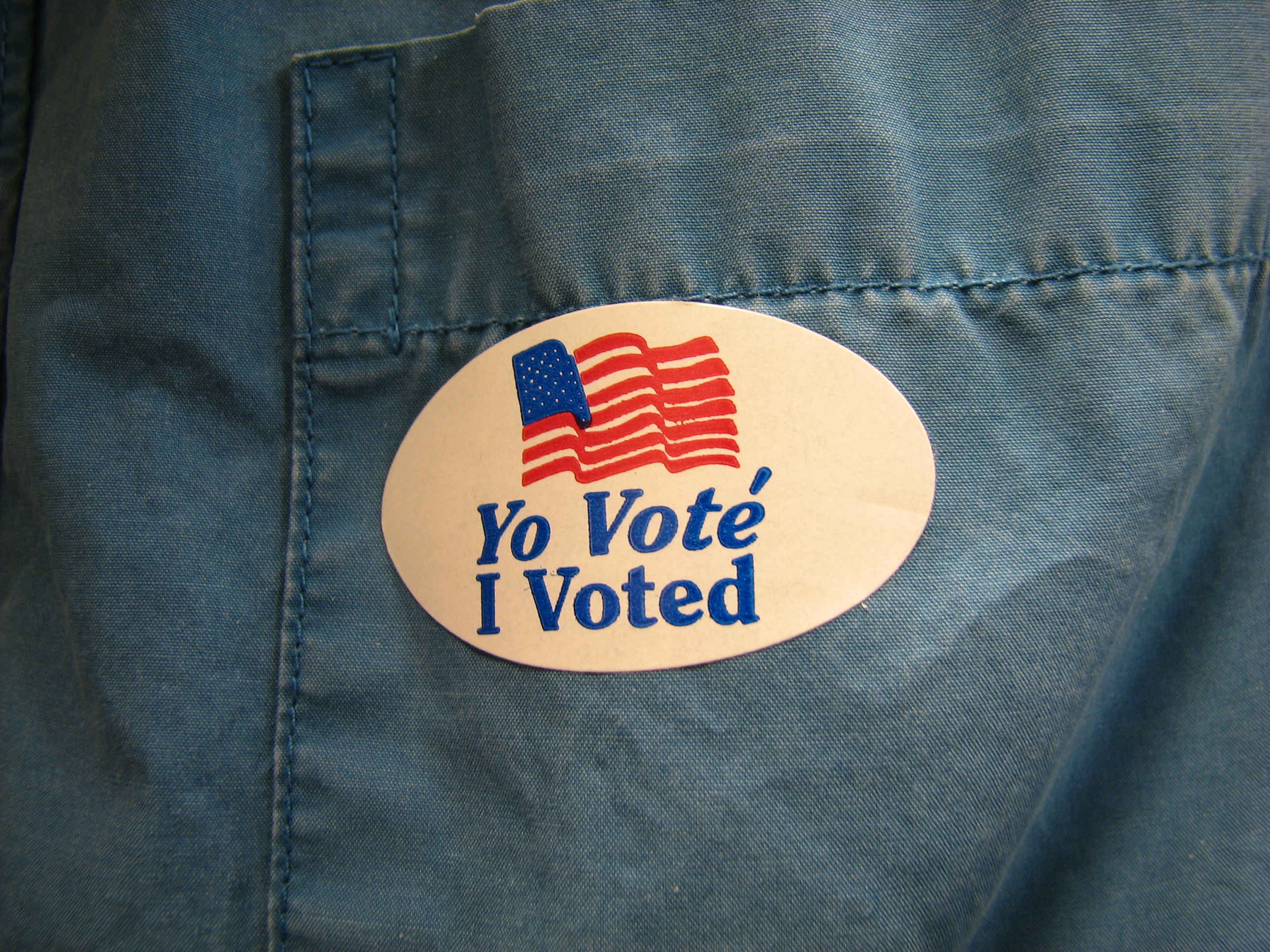Two events occurred in 2008 that help explain why we live today in a new age of voter suppression. Everyone talks about the second occurrence, the election of Barack Obama in November and the wave of explicit white racism that followed it, when explaining why so many Republican officials now are so eager deny their fellow citizens the ability to vote. Too few people ever talk about the first event that occurred in 2008 that led us to today’s desperate fight for voting rights: the Supreme Court’s decision in Crawford v. Marion County that upheld Indiana’s voter ID law.
The Crawford decision was wrong the day it was decided. Wrong because it validated state lawmakers who had ginned up onerous new voting restrictions without offering any credible evidence that such restrictions were necessary. Wrong because widespread in-person voter fraud, then and now, is a myth fabricated by conservative ideologues who seek to use it as justification to disenfranchise millions of poor, elderly, or minority voters. Wrong, according to 7th U.S. Circuit Court Judge Richard Posner, the Reagan-nominated judge who wrote the appellate decision the Supreme Court upheld in Crawford. To his credit, Judge Posner determined years ago that he had made a terrible mistake and wasn’t afraid to say so.
Crawford was wrong, as even the man who crafted the decision in the Supreme Court, former Justice John Paul Stevens, surely now realizes. A few years ago, after he had retired, he said he believed he had applied the proper legal standards for the 6-3 majority, but that Crawford was, in the end, “a fairly unfortunate decision.” That’s nice to hear but a little too easy for him to say. Crawford is a “fairly unfortunate decision” if you aren’t the one who has been disenfranchised by it or by the voluminous voter suppression laws that have sprung up in its wake. It’s a monstrosity of a ruling if Republican lawmakers have taken away your vote and then hidden behind Crawford as an excuse for doing so.
We can never know if a different outcome in Crawford might have changed the course of American history by changing the result of the Supreme Court’s landmark and disastrous voting rights ruling in Shelby County v. Holder in 2013. Indiana’s voter ID law was a state law and Indiana was not a state covered by the “preclearance” provision of the federal Voting Rights Act– the focus of the Shelby County case. The preclearance requirement prohibited certain jurisdictions from implementing any change affecting voting without receiving preapproval from the U.S. Attorney General or the U.S. District Court for D.C. that the change did not discriminate against protected minorities.
And so Supreme Court Chief Justice John Roberts did not cite Crawford even once in writing up the Court’s decision in Shelby County. On behalf of the five-man conservative majority, Roberts argued that minority voters no longer needed the protection afforded by the preclearance provision. With the benefit of hindsight, however, we can see that Crawford was a warning that Shelby County was possible. Both decisions, taken together, have ever since given aid and comfort to those who would suppress the vote in states governed by Republican lawmakers.
If Crawford implicitly sanctioned a new generation of racist voting laws in jurisdictions run by Republican lawmakers, Shelby County virtually guaranteed that some of those laws could nonetheless be enforced, for years, as federal litigation wends its way through the courts. It is possible, perhaps, to see Crawford as a naive decision by six justices unable in 2008 to see or imagine how fragile voting rights really were back then. Of the majority’s ruling in Shelby County all I can say is that it is the Court’s least defensible decision since Plessy v. Ferguson in 1896 gave us the “separate but equal” doctrine.
That’s because Shelby County came after sweeping voter suppression efforts by Republicans during the 2012 election. It came, in other words, after GOP legislators cashed in the gift the Supreme Court gave them in Crawford. Shelby County came after Republican officials in Florida, Ohio, and Pennsylvania all made clear the purely partisan motives for voter ID laws. There was no reason or excuse for a judge or a justice to be as naive about voter ID laws in 2013 as there was in 2008. But the Court’s five conservatives pretended against the great weight of the evidence, as Republican lawmakers do now, that voter fraud is a real problem while voter suppression is not.
Speaking of naivety, I remember writing in November 2012, after the defeat of Mitt Romney, that the Republican Party would always be the losing national party if one of its guiding strategies was not to compete for votes through policy but to win elections by voter suppression. That was before Shelby County. It was before the Republicans in 2016 stole Merrick Garland’s Supreme Court seat. It was before voter fraud charlatans like Kris Kobach got to the White House and tried to implement voter suppression policies at the national level. It was before Jeff Sessions became attorney general and brought his own brand of voter suppression to the Justice Department. It was before the Republican party embraced voter suppression as an expression of national policy.
We therefore sadly are in for another election season marred by voter suppression with a Justice Department that is indifferent, at best, toward protecting the voting rights of minorities. We see it happening in Georgia and Texas and North Carolina, states run largely by Republican officials. What a wild ride it will be there between now and election day. The same is true of voter suppression efforts in Alabama, a jurisdiction that was covered by the preclearance provision of the Voting Rights Act, and in Ohio, a jurisdiction that was not. We see it happening to black citizens, Hispanic citizens, and in North Dakota to Native Americans.
A president who fantasizes that millions of votes were stolen in 2016, and who has done virtually nothing to protect coming elections from more hacking, isn’t going to help. Like Georgia’s gubernatorial candidate Brian Kemp, Trump instead is going to continue to whip up white fear about voter fraud—adding a mix of bogus anti-immigrant fervor to the witches’ brew—so he can then blame that “fraud” for any defeat the GOP suffers during the midterm election. Congress? Republicans have never answered Chief Justice Roberts’ call to fix the Voting Rights Act. And the Supreme Court? There is no way—no way—that newly confirmed Justice Brett Kavanaugh is going to fight to secure voting rights with any more verve than his predecessor, Justice Anthony Kennedy.
Even though there has been encouraging movement toward automatic voter registration, even though some states have made it easier for citizens to cast a ballot since 2008, it is fair to say that in many ways the ten years since Crawford have represented the worst decade for voting rights since the 1940s. And so we have here what you might call a chicken-and-egg problem. The only way to secure more voting rights for more people, the only way to protect the franchise for citizens who have a right to vote, is to vote out of office those officeholders or state judges who are enacting or defending rules designed to disenfranchise voters and secure their incumbency. If it doesn’t get better as a result of those votes it’s going to get worse in 2020. Along with so much else, that, too, is at stake this November.
Andrew Cohen is a senior editor at the Marshall Project and a fellow at the Brennan Center for Justice.







0 Comments